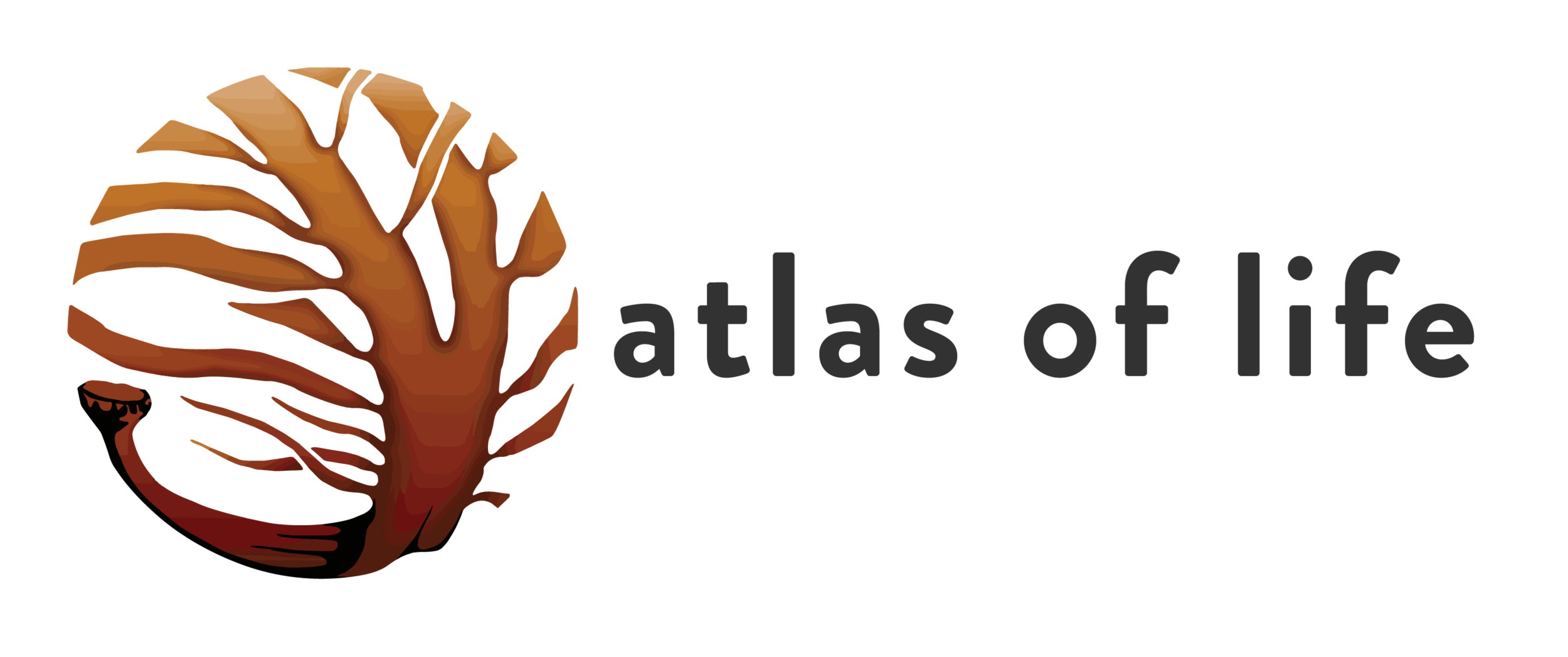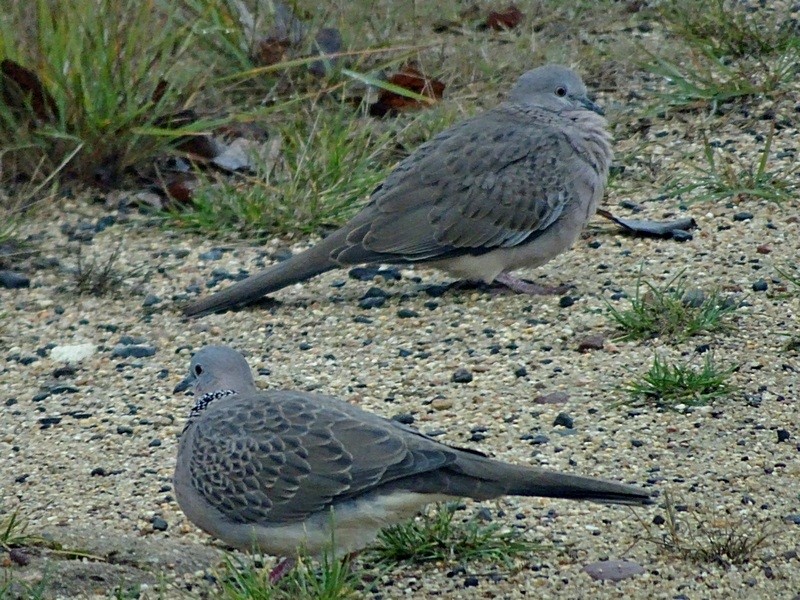July 2018: native pigeons
TARGET OF THE MONTH
The Atlas of Life region has few of the colourful, rainforest-dwelling, fruit-eating pigeons found in tropical and subtropical Australia. However, we do have at least six year-round resident native pigeons, two introduced species and two seasonal visitors, as well as the occasional vagrant from warmer climes.
So this month, let's collect a sense of what pigeon and dove species are where.
Pigeon Species and Where to Look for Them
Crested Pigeon and White-headed Pigeon - Australian natives, but new for us
Crested Pigeon (Ocyphaps lophotes) and the White-headed Pigeon (Columba leucomela) are both native to Australia. Both species are, however, relatively recent arrivals in our region. They will typically be encountered in towns, parks and gardens. It is now not uncommon to see them feeding on grassy lawns or perched on powerlines.
Wonga Pigeon - a shy, forest dweller
Wonga Pigeons (Leucosarcia melanoleuca) are large and distinctive birds, native to coastal forests throughout our region. They forage on the ground, usually in wet forest and gullies, but will venture into shaded gardens. They tend to be shy, and are more often heard than seen ... their booming, repeated 'whoo - whoo - whoo' is quite distinctive when they're breeding!
Common and Brush Bronzewing Pigeons - similar but different
The Common Bronzewing (Phaps chalcoptera) may be found anywhere in Australia. It is common in coastal heath and dry forests. Although it tends to be shy, they can become quite habituated around farms and towns.
The very similar and closely related Brush Bronzewing (Phaps elegans) is more rarely seen. Its distribution includes most of the Atlas of Life region, but it is a very wary species living in heathy forest and coastal scrub.
Peaceful Dove - rare in this region
The Peaceful Dove (Geopelia placida) is small, native species. For example, a Wonga Pigeon is nearly ten times the weight of a Peaceful Dove! Peaceful Doves are relatively uncommon in the Atlas of Life region. They require water daily, and will venture into gardens and parks.
Brown Cuckoo-Dove and Topknot Pigeon - Summer visitors
Both the Brown Cuckoo-Dove (Macropygia amboinensis) and the Topknot Pigeon (Lopholaimus antarcticus) are eye-catching birds. And we don't see them in our region very often. They are seasonal visitors from more northern rainforests, so most sightings will be during the Summer months.
Yet they do seem to be visiting the region more regularly. The Topknot Pigeon is now a regular Summer sighting in far eastern Victoria, but was first sighted there only about 20 years ago.
Both species are most likely to be seen in wetter forest or gardens, with fruiting trees and shrubs. They both have have long tails and a more upright stance than our other, ground-dwelling pigeons.
Other native pigeons?
Any sightings of even rarer, vagrant species would of course be particularly welcome. So if you have photos of anything that looks like a pigeon - even if it doesn’t appear to be any of the species mentioned above - please report your sighting.
What Might Look Similar
Two introduced pigeon species are found in the Atlas region: the Rock Dove ('Domestic Pigeon') (Columbia livia) and the Spotted Dove (Streptopelia (Spilopelia) chinensis). These could be confused with the native pigeon species.
What to Record
Number of individuals, where they were feeding or perching (if this is not obvious from the photo).
What to Photograph
A good side view is best for identification, preferably of the whole bird – overall shape can be as important as specific features close up. Distinguishing between the two Bronzewing species can be challenging. It requires a close look at the markings on the head, so try to capture this in your photos if possible.
Now simply upload your sightings!
All sightings are recorded on the Atlas of Life NatureMapr database. This is a powerful, easy to use system that you can access from a computer or a mobile device.
Changes in Pigeon Distribution with Time
Some interesting changes in pigeon distribution have occurred in recent decades.
The White-headed Pigeon only began to be recorded in Bega Valley Shire in 1996 and records have increased since then, with it now having double the number of records in NatureMapr as the next most common species, the Wonga Pigeon. This may be partly because it seems to prefer living in towns, making it easier to detect and photograph. A Field Guide published in 1972 gives its distribution as Cape York to Illawarra, while one published 40 years later says Cooktown to about Eden, with vagrants extending well into Victoria.
The Crested Pigeon was an even earlier arrival, having expanded to the coast from inland, possibly after the severe drought of the late 1970s. The 1972 Field Guide excludes coastal NSW from its distribution and a Canberra field guide from 1969 calls it a vagrant to the ACT. It is now a common resident throughout south-east NSW, favouring cleared areas.
Other Resources
Any good bird field guide book. The locally produced “Looking at Birds on the Far South Coast NSW” illustrates all the native species mentioned above (pages 12-15) and the two introduced species (p. 128), but excludes the more northern species which might turn up as vagrants.
This website provides both photos and recordings of the calls of many birds including all the pigeons found in our area: http://www.graemechapman.com.au/library/index.php
Calls can be helpful in identifying pigeons, or at least in alerting you to their presence if they are not sitting in plain sight.
Images of all the species mentioned here are also available on the Atlas of Life website: https://atlasoflife.naturemapr.org/Community/CategoryGuide/180
ANY QUESTIONS?
If you have any questions about this survey, or about any Atlas of Life activities, please feel free to contact us.

























